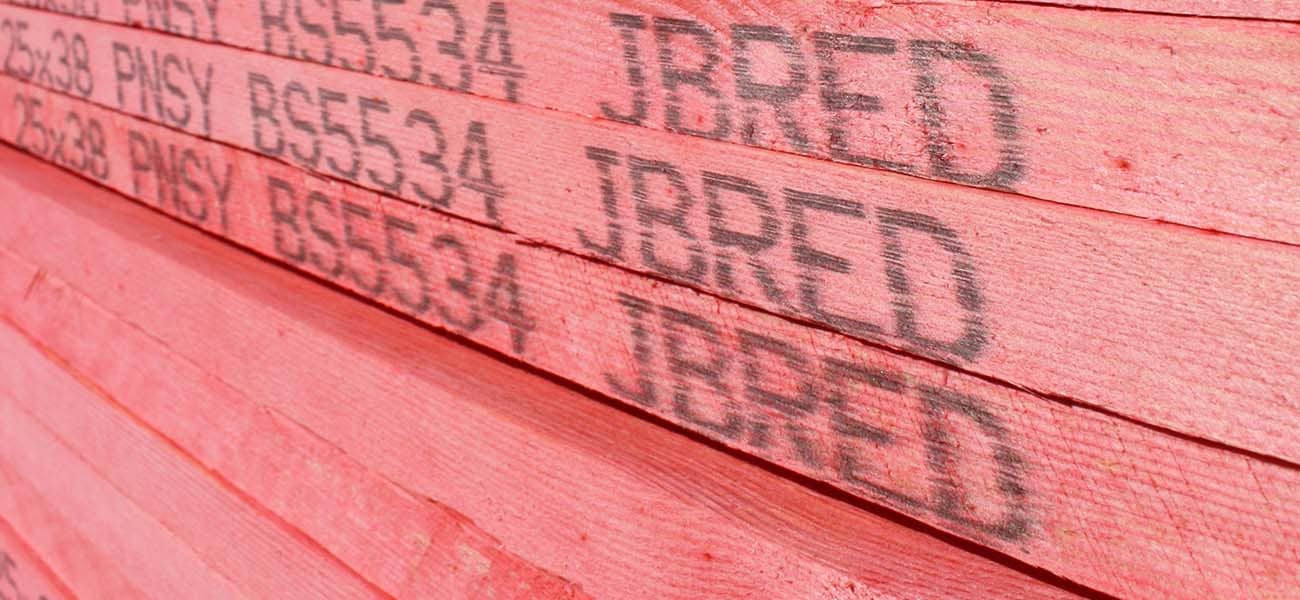What are the fixing requirements of BS 5534?

BS 5534 is the Code of Practice for Slating and Tiling for Pitched Roofs and Vertical cladding. The latest revision is BS 5534:2014+A2:2018.
Fixing specifications remain one of the main elements of the standard to ensure roof coverings are fixed securely, adopting the Eurocodes for the calculation of wind loads.
When it comes to roof coverings, all single lap tiles and slates are required to have two mechanical fixings (nail and / or clip) around the perimeter of the roof. All other tiles and slates on the roof are required to be mechanically fixed using either tile nails and / or clips.
The minimum fixing recommendations are site specific, and the wind loadings should be calculated based on the roof dimensions, roof pitch, roof tile type and site location of each property.
A quick guide to the minimum fixing requirements is as follows:
Single-lap tiles
For all roof areas and rafter pitches, every tile should be mechanically fixed with at least a nail, a clip, or a combination of these, to provide adequate resistance to the wind uplift acting on the tiles.
For roof pitches of 45° and above, each tile should be fixed with at least one nail. For pitches of 55° and above, including vertical, the tail of each tile should also be mechanically fixed.
Double-lap tiles
For double-lap tiles at roof pitches below 60°, two nails should be used to secure each tile in at least every fifth course. These are minimum requirements and will always be superseded by a fixing specification. For roof pitches of 60° and above, including vertical, two nails should be used to fix every tile.
Double-lap slates
Double-lap slates should have a minimum of two nails to every slate when centre nailed.
Double-lap slates without nail holes should be fixed by hooks engaged on the centre of the tail of the slate. The suitability of hook fixings will be subject to special considerations depending on the type of hook and roof pitch.
Double-lap fibre cement slates should be secured with two nails and a copper disc rivet.
Wooden shingles and shakes
Wooden shingles and shakes should have a minimum of two nails to every shingle or shake when centre-nailed. Special considerations may apply to other types of fixing. Fixings should be in either Stainless Steel (Type 304 or Type 316) or Silicon Bronze.
Hips and ridges
All mortar bedded components must be fully mechanically fixed and secured to the roof structure. The tensile strength of mortar bedding should not be taken into account as part of wind uplift calculations.
More details are available in NFRC Technical Bulletins and in our guide to BS 5534.
Frequently asked questions
Q: What are roof tile clips?
A: Roof tile clips are designed to ensure roof tiles are mechanically fixed in accordance with BS 5534.
Q: How do you use roof tile clips?
A: There is a wide variety of roof tile clips available to ensure correct fixing to all areas of the roof, in line with BS 5534. To ensure that you have the correct tile clip seeking advice from the roof manufacturer is recommended.
Learn more about roofing British Standards and how they may affect your next roofing project. Fixing Specifications can be calculated using our online tool.
Disclaimer - The information shared in this blog is correct at the time of publication. Guidance, standards, and best practices may change over time, so if you’d like further clarification or the latest updates, please get in touch with the Marley Technical Advisory Team, who will be happy to help.